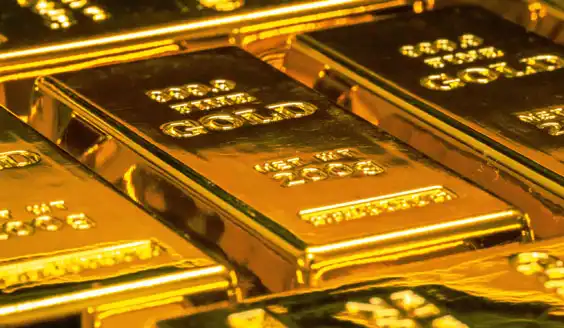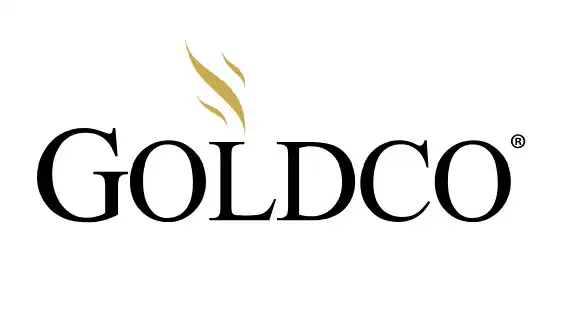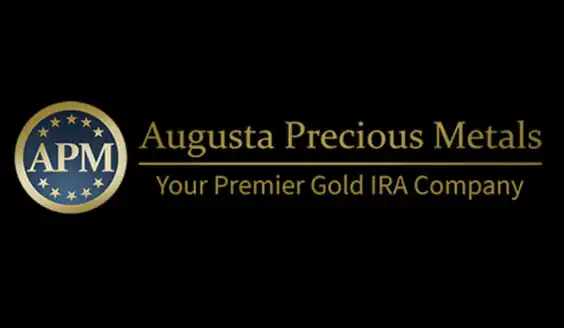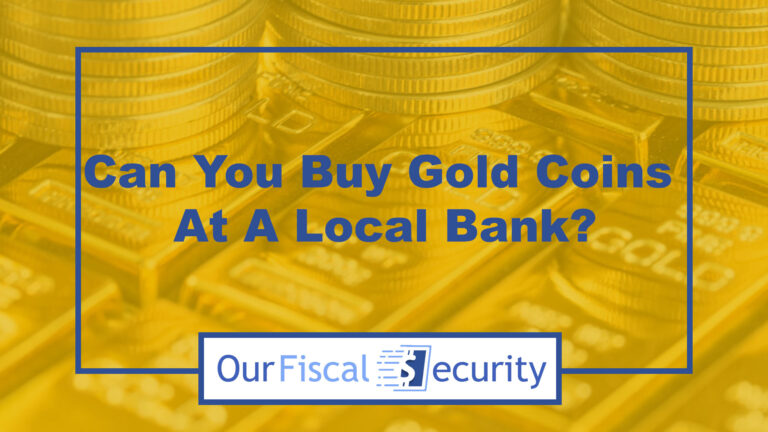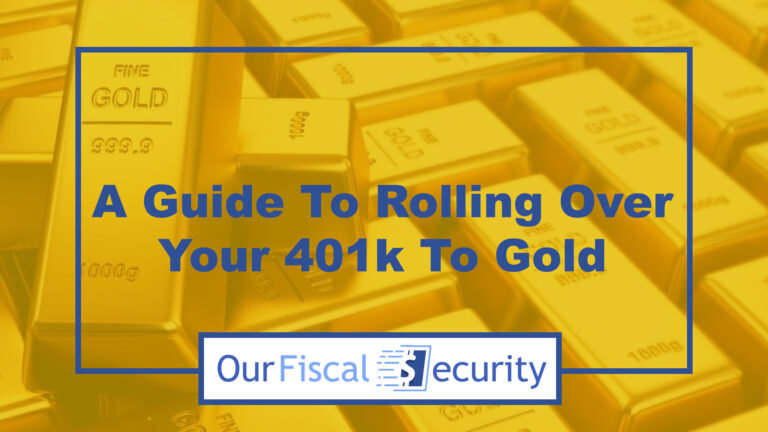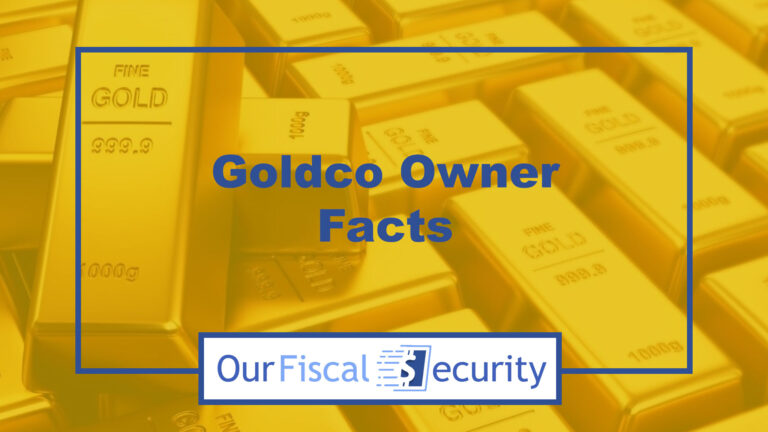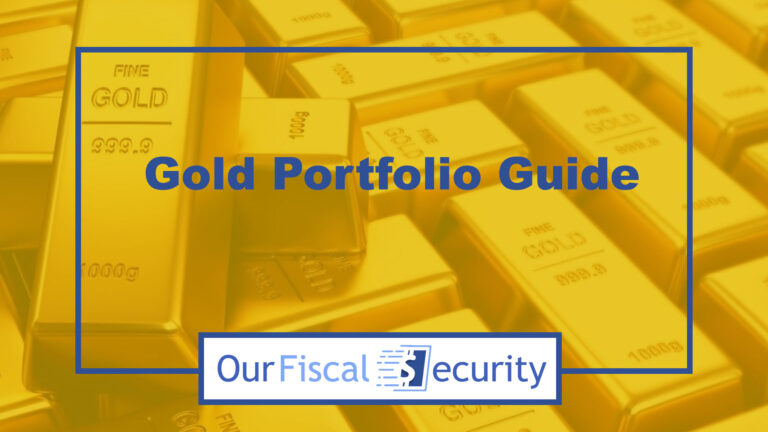What Is My Old Coin Worth? All You Need To Know About Coin Values in 2023
Overview: What are my old coins worth? That’s the question that I get hit with all the time and I cannot blame people for this. Determining old coin values is fun and exciting. Heck, you could be sitting on millions with the right coin. In this article, I cover everything you need to know about coin values in 2023. You’ll learn how to identify, price, and value old coins, how to research coins, the different types of coins that exist, how to avoid scams and more.
United States coins date back many centuries, and over the years there have been so many different ones minted that it is difficult to keep track. From gold coins to nickel ones, each particular coin has a retail value that can sometimes be much higher than the face value.
This is the reason why coin collecting has become very popular in the US and other countries around the world. It is a very interesting hobby that has the potential to yield great rewards for those lucky enough to come across a valuable coin.
However, not many people fully understand the coin market and how world coins are appraised. You could easily have a highly collectible and valuable coin without realizing it.
This article will look at coin values and how to identify the value of any rare coins that may be in your possession. If you are interested in coin collecting, or if you just want to know the accurate value of the coins you have, read on and find out more!
Safeguard your retirement wealth with tax-free benefits! If you want to protect your retirement savings from economic turmoil, then request a complimentary kit today. Find out about the #1 recommended precious metals investment company today.
How To Identify, Price, and Value Old Coins
Unless you are an experienced member of the American Numismatic Association, you will find that establishing the right coin value for an old coin can be very difficult. Some of these old coins date back to long before the civil war and are so rare that not many people have enough information about them, regarding the mint date or the metal composition.
However, these are some of the questions you will need to answer unless you want to risk selling your old coins for far less than their actual value on the coin market.
Identify What Coins You Have
The first thing you will need to do is to identify the coin you have. To do this, you will need to ask yourself the following questions:
- What country are your rare coins from?
- Is the language used on the inscription English or some other foreign language?
- How much gold or silver was used in making the coin?
- Is it a real coin that was once used as a legal tender or just a trade or gaming token?
- Which types of metals were used to mint the coins?
If the coin is still in mint condition then most of these questions will be easy to answer because the important information will be visible. You can check the relevant dates and inscriptions against the records kept by the American Numismatic Association.
The US Old Coins Identification Chart is another useful tool that can be used to identify coins. In most cases, any coin that is not on the chart is probably a token or commemorative coin that was never used as a legal tender in public circulation.
US Coins Guide
All of the official United States coins that were once used in public circulation are grouped into the following categories:
- From 1793 until 1857 – Half cents
- U.S. half dollars
- 1856 till now – Small cents
- One-dollar coins
- From 1866 until date – Nickels/five cents
- From 1795 until 1933 – Gold coins
- 1796 till now – Quarters
- 1796 till now – Dimes/ten cents
- From 1892 until 1954 – Classic commemorative coins
- 1982 till now – Modern commemorative coins
Old Coins From Outside the United States Coins
Any old coins that do not bear the United States symbol or inscription are probably from outside the country and are a bit more difficult to identify. World coins may also be written in some other language other than English.
Your biggest resource in this case is Google. You can simply run a quick search based on whatever information is visible on the coin. With so many websites dedicated to coin collecting and valuation, it will be only a matter of time before you identify your coin.
What if the old coins are so worn out that you cannot read the inscription? Luckily, some websites allow you to search through galleries of old and rare coins until you find a picture that matches your particular coin.
Old Coins That Can’t Be Identified
Failing to immediately identify your old coins can be a good or a bad thing. It could mean that your coins are just tokens or commemorative coins that never had any real coin value, to begin with.
However, a coin that is very difficult to identify may be part of a small collection of rare coins that are worth money in the coin market.
Some coins could have been minted by private mints or on special occasions in small batches. These old coins usually have rare dates or could be error coins, in which case they are very valuable collectibles that are worth many times their face value.
Safeguard your retirement wealth with tax-free benefits! If you want to protect your retirement savings from economic turmoil, then request a complimentary kit today. Find out about the #1 recommended precious metals investment company today.
Tips for Researching Old Coins

Buying rare coins at wholesale value and then selling them later on at retail value to coin collectors can be a very rewarding enterprise if you know how to do it well.
The most important thing to remember is that not all old coins are worth a lot more than their wholesale value. Proper research is required if you are hoping to make more than just pocket change from your coin trading.
The following research tips are some of the things even an average dealer of old coins should know:
- Do not be afraid to do a lot of research on your own. Most of the information you need on any United States coins is readily available online
- Be careful of people who will try to sell you old coins that they claim are very valuable. You should always make sure the coin is worth money before you purchase it
- Even coins that are in very poor condition can still fetch higher prices later on, especially if they have rare dates or were minted in very small numbers
- Government bodies, such as the American Numismatic Association will have a guidebook or standard catalog to help you estimate the value of your old coins
- Use the power of social media to your advantage. If you post a picture of your old coin, chances are someone will recognize it and be able to give you more information about its history and price
- If all else fails, approach a professional appraiser to help you determine whether your coins are valuable or not
Should You Work With an Appraiser?
Although approaching a professional appraiser is not a bad idea, sometimes you do not need help to do something you can easily do on your own online.
You can download a standard catalog or guidebook that will provide you with all the necessary information about your coin values. Only when you have tried everything else do we recommend finding someone to appraise your old coins for you.
One of the reasons why we do not like the idea of getting a professional appraiser is that they may have their motives. What if your coin is one of the rarest and most valuable of all world coins but your appraiser tries to buy it from you at wholesale value?
To avoid such situations, always do a lot of research on your own and never sell any old coins, even if they are in poor condition, before determining their true value and making sure you get the right prices.
Why Are Old Coins Valuable?
Coins are an important part of our history, which is why coin value increases over time. Buffalo nickels, Lincoln pennies, and walking liberty quarters are all associated with important periods in history, such as the civil war.
When we add to that the fact that most old coins are now very rare, it is easy to understand why even an old coin that is no longer in mint condition can still be regarded as a highly collectible item.
The following are some of the reasons why an old coin, such as the Standing Liberty quarter, costs so much more than its face value in today’s coin market:
The Lineage of the Coins
Surprisingly, an old coin without any rare dates or special inscription on it can have very high coin value simply because it was once held by a famous person in history. Many families have such coins as heirlooms which are valued for their proud history.
Bullion Coins
When it comes to true intrinsic value, gold and silver coins have a lot of value even when they do not have any historical significance. A gold coin will be more valuable than copper, brass, or nickel simply because gold coins are made from precious metal.
One thing you need to realize is that, unlike modern bullion coins whose purity and weight are easily determined, old coins were usually only plated in precious metals. This is why even a very old coin can have a lot less coin value than a modern bullion coin.
The Demand for the Coins
When very few coins are left in existence, such as in the case of the Standing Liberty quarter, their demand will go up. Even if these coins were minted in large volumes, over time they will decrease in numbers, making them rare coins.
Another example is foreign old coins, which gave always been rare coins, to begin with. Their demand will only increase as time goes by.
Design
Depending on the politics at the time the coin was minted, different designs are used on coins through various stages in history. There are two ways in which the design of a coin can affect its value. A coin can be valued simply because of the historical figure or event it depicts. A good example is the Lincoln penny which depicts a bust of one of the most loved American presidents, Abraham Lincoln.
On the other hand, an old coin can be designed in such a beautiful, eye-catching, and precise way that even members of the general public, with no interest in coin collecting, would be happy to own such a coin.
Age of the Coins
An old coin will usually hold some value, but it is not always the case. Some old coins will become severely damaged over time and thus lose their half-dime values. An example is when you can no longer differentiate between a Seated and a Standing Liberty quarter.
However, one thing that old coins will always have going for them is that they can no longer be purchased from mints. This means their population will continue to decrease over time, making them rare coins and thus increasing their coin values.
Condition
If you have a very old coin, such as the Walking Liberty coin, and it is still in mint condition, you will have a very valuable collectible on your hands. Gold and silver, although classified as precious metals, are not very resistant to wear and tear over time. This is why some bullion coins are mixed with a tiny amount of copper alloy to make them last longer.
It is for this reason that many very old coins are now so worn that it is difficult to decipher the dates or other inscriptions that would have given the coin its true value. Coin collectors know the value of keeping a coin in mint condition, and this can be seen in how well coins from proof sets are stored.
Mintage
Whenever coins are minted by official parties, such as the United States Mint, the number of coins minted in that particular batch is denoted on the coin. This number is called the mintage number. If the Mintage number is very low, it means that very few of this particular rare coin was ever made, and thus the coin value is increased.
Population (Rare Coins)
Many people who are new to coin collecting are shocked when they discover the value of some of these old coins. An example is the Walking Liberty Half dollar’s value, which is currently around $1,200!
The reason for this is that even though millions of these coins were minted back in the 19th Century, many of them have either been lost or melted over time. The fewer coins available in free circulation, the more coin value will be attached to that particular old coin.
Types of Coins and Their Approximate Coin Values
With so many types of coins available on the market, both US and world coins, having an old coin in your pocket does not in any way automatically mean that it is valuable.
There are a lot more things to consider, such as rare dates, mintage, and the other factors we discussed above. Therefore, the first thing to do is determine what type your old coin is, and then you can start thinking about its approximate value.
This is not always an easy process, which is why some people end up approaching a professional to appraise their old coins for them.
However, you can make use of the information below regarding the coin value of each of these coins. Some of these coins have a historical significance which makes them a lot more valuable, while others have a high price simply because they are rare coins.
The following is all the necessary information you will need before selling any of these coins:
American Large Cents
Large cents are very common in circulation and therefore they demand a very modest price of about $20 if the coin is in mint condition. While most American large coins have no real significance, the batch of coins that were minted in 1793 is considered to be rare and as such, each mint coin fetches a price of around $17,000.
Another particularly valuable batch is the coins minted from 1794 to 1796. Although not as valuable as the 1793 batch, these coins can be sold for a hefty $5,000 on the open market.
During the time from 1796 to 1807, the American large coins went through a design change with the introduction of the draped bust. Further alterations were made between 1808 and 1814, with the liberty now represented in the classic head variety.
Circulation for these coins was not very high, with only 4,5 million being minted during that entire period.
From 1816 to 1839 came the coronet variety, which can be bought for close to $1,000 depending on the condition of the coin. The minor alterations that were done to this coin include tying the hair of the Liberty in the back as well as making some slight changes to her face.
Half Cents
With only about 7 million coins ever minted, half-cent coins are among the rarest you will find in America. These tiny coins are in very high demand among collectors. Half-cent coins were one of the major monetary denominations before the dollar surfaced. If you have a half-cent coin from 1793, which is considered one of the rare dates, you can count on getting as much as $17,000 for it.
The batch of half-cent coins made between 1800 and 1808 is known unofficially as the draped variety, which is a reference to the appearance of the Liberty on the coin. These are also regarded as somewhat rare, with a single coin from this period going for approximately $2,000.
From 1809 to 1835 saw the emergence of the classic head variety coins. The major defining feature of this batch is that the Liberty on one side of the coin is facing left. A half-cent inscription is written on the other side, surrounded by a laurel branch.
Between 1849 and 1857, the braiding of the hair on the Liberty signified the final changes to the coin, with only about 500,000 coins being minted before it was taken out of circulation for good.
Two Cent Coins
In 1864, approximately 20 million two-cent coins were minted and introduced in circulation. This version of the coin continued to be used until 1872, and today it is valued at around $1,000.
These small cents are popularly known for their depiction of peace and war on each side, which is a sign of the turbulent period in the history of America. On one side is a shied which was used to depict war, and on the other was an olive branch, the international symbol of peace.
Even the best-kept two-cent coins available today have signs of wear and tear. The large number of coins that were minted also significantly impacts their current coin value.
Flying Eagle Pennies
With a price tag of up to $12,000, the Flying Eagle penny is regarded as one of the most collectible coins in the country. However, this hefty price is for a coin that is in excellent condition only. Still, even a worn coin will be valued at around $4,000.
These coins were minted between 1855 to 1858. Some of the defining features of the coin include an eagle shown with precise feathers. There are also a variety of different crops shown on the other side, such as corn, wheat, and cotton, all important plant in the country’s agricultural sector.
Liberty or V Nickels
If you have $15,000 to spare, you can get your hands on the rare and highly collectible Liberty or V nickels. The coins were minted from 1893 to 1913. On one side you will see 13 stars surrounding the Liberty and on the reverse side is the letter “V,” the Roman numerals symbol for five.
Also printed on the reverse side of the coin is the slogan “E Pluribus Unum.” No mint marks other than a D and an S are visible anywhere on the coin. These old coins were minted in Philadelphia, San Francisco, and Denver.
If you want to make sure that what you are buying is the real thing, look out for the grain of wheat which should be visible in the hair of the Liberty, unless the coin has undergone extensive wear over the years.
Three Cent Nickels
There were a lot of three-cent coins produced between 1865 and 1889. A total of about 17 million nickels were minted during that period. With such a wide circulation, it should come as no surprise that the three-cent nickel is only valued at about $200 in today’s coin markets. The one thing this coin has going for it is that it has fewer signs of wear, but this can be put down to the large mint volumes.
On this coin, the Liberty’s face and cheeks should be visible, as should be the hair, which is depicted as being tied with a ribbon. On the reverse side, you will find “III,” the Roman symbol for three surrounded by a shroud of leaves.
If you come across a good three-cent coin, some of the details may have faded, such as the leaves, face, and cheeks. However, even then, the coin should still maintain its value.
Bust Quarters
The period from 1796 to 1838 saw the arrival of bust quarters. These underwent a few alterations after 1831, which saw the introduction of the capped and draped busts. If you can find one of these rare coins, be prepared to pay as much as $10,000 for a single coin.
To identify the bust quarter, look out for the Liberty, which should be facing the right side of the coin. The hair should also be arranged such that it flows over the shoulder with a bit of ribbon tied to it. Only 500,000 of these coins were ever minted, meaning that the bust quarter is one of the rarest coins you will find.
Between 1815 and 1828, the capped bust was introduced. Here, the Liberty is still facing right but this time with the Liberty cap visible. At that time, the US was made up of thirteen colonies, and these are represented on the coin using 13 stars.
A mint condition capped bust quarter will set you back $4,000, compared to $12,000 for the most valuable bust quarter available.
Seated Liberty Dimes
On the famous Seated Liberty dimes, the Liberty is shown sitting with a shield in her hands. This shield is meant to represent the Congress of the United States. The mintage of these coins was very rare. This is why these coins are very expensive, and today a single coin will cost you about $14,000 for the No Stars Observe Type Liberty Dimes.
The batch that was minted in Philadelphia had no mark on it, while the one from New Orleans can be identified by the “O” mark it carries.
From 1838 to 1860, 64 million Stars Observe Type dimes were minted, and such a large number of coins resulted in the longest-running circulation of the Liberty Dime. These very common old coins can be bought for about $100 today.
Liberty 10-Dollar Gold Coins
Unlike the cent coins, these dollar gold coins are not very valuable in today’s market. A Liberty 10-dollar gold coin costs about $800. They are most valued by collectors for their sentimental rather than resale values.
The coins were minted in 1893 and show 13 stars surrounding a left-facing Liberty. On the back of the coin, you will find an eagle with an olive branch and arrows clasped in its talons. They were minted in Carson City, Nevada, as shown by the “CC” mintmark on the coin.
One of the most valuable of these 10-dollar gold coins that were circulated is the 1893 CC fine gold coin which is currently valued at about $1,100. If you want the uncirculated 1893 CC bearing the “D” mintmark from Denver, it will cost you close to $5,000.
Liberty 2.5 Dollar Gold Coins
The value of the gold on a 2.5-dollar gold coin is $200, which is the minimum you can expect for a worn-out coin of this denomination. If the coin is in mint condition, you can expect to get a lot more from rare coins such as this.
As an example, the uncirculated 2.5-dollar gold coin minted in 1887 will cost a massive $4,000, which is way more than the gold value of the coin. The same coin which has undergone a period of circulation will be valued at only $1,200.
The mintmark also plays an important part in the value of this coin. The rarest coins were minted in New Orleans, and they can be identified by the depiction of the Liberty facing left, with a few pearls in her hair. Other Mints include San Francisco Mint with an “S” as a mintmark, North Carolina with a “C” mintmark, and Philadelphia, which does not have a mintmark.
Morgan Silver Coins
Morgan Silver coins are nowhere near as valuable as their gold counterparts. Even the best-condition Morgan Silver coins will cost just $20.
The word Liberty is inscribed on the back of each coin and the Liberty is wearing a Liberty cap. Cotton and wheat plants are also shown on the coin. New Orleans was one of the five mints that contributed to the various batches of Morgan Silver coins minted between 1878 and 1921. The coins minted in 1889 in Carson City, Nevada, are considered the rarest and can be identified by the CC mintmark on each coin. These coins will cost you about $1,000.
What Can I Do if I Have Been Scammed?
It is common for unsuspecting coin buyers to be scammed by dealers who sell low-value coins for extremely high prices. This is why the Federal Trade Commission is here to help. If you think you have been cheated, either when selling or buying old coins, simply make a report to the Federal Trade Commission and an investigation will be launched.
Final Word
Whether you prefer old coins, rare coins, proof coins, or modern bullion coins, it is a fact that buying coins can be a worthwhile investment. Some of the bullion coins that meet IRS standards can even be used as part of your IRA portfolio to help you diversify your funds.
Read the essential details listed in this article to help you make the best choice in terms of the value of your coins the next time you decide to trade in rare and old coins.
If you’re looking to invest in an IRA, then you definitely need to check out my article on APM. It covers Augusta precious metals review 2023 investing basic rules and it’s a must for anyone setting up an IRA today.
|
5.0
|
4.7
|
4.5
|


